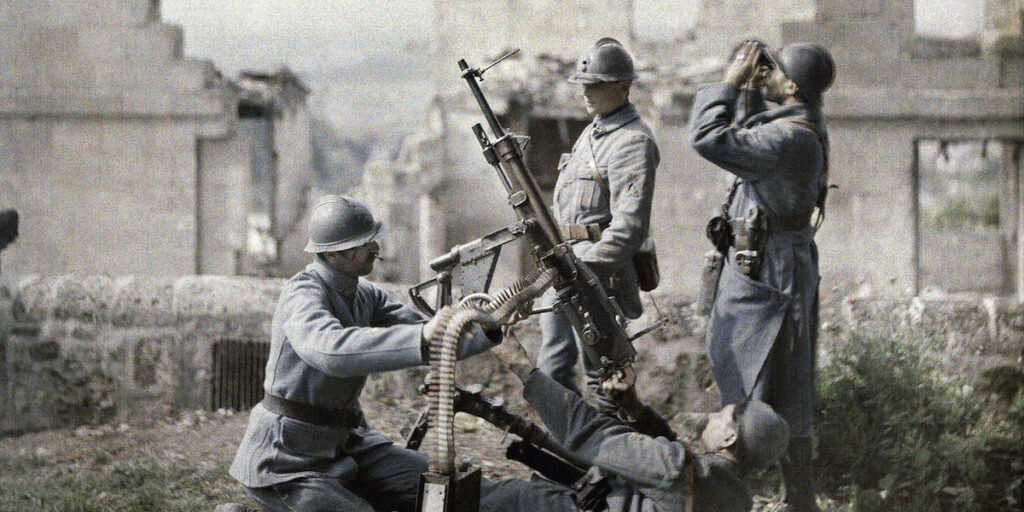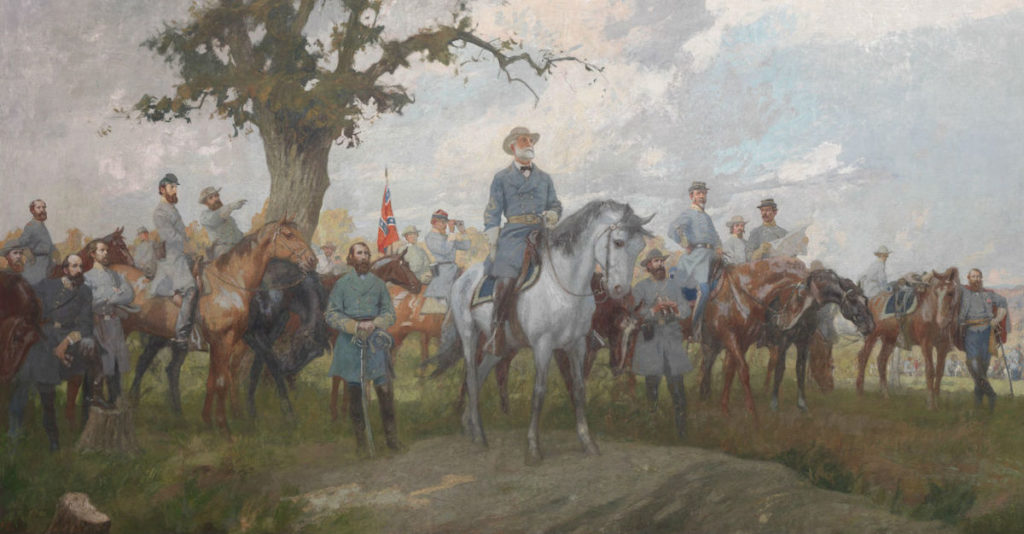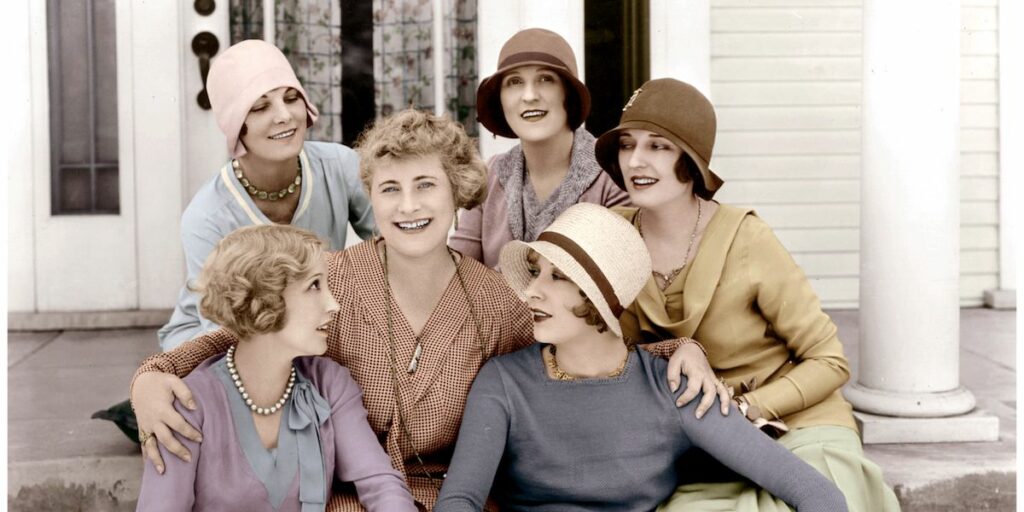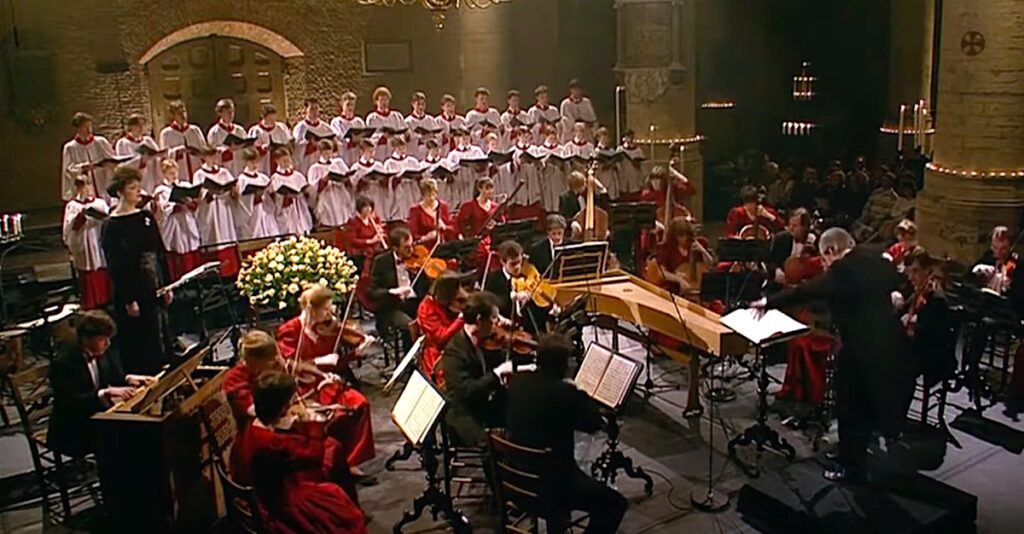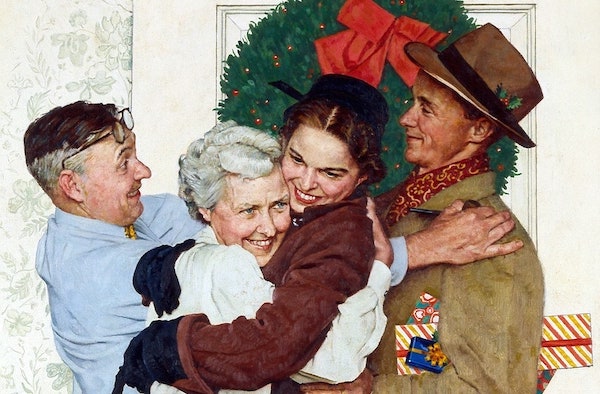
12 Ways to Celebrate the 12 Days of Christmas
Holiday festivities don’t have to end with Christmas Day. In fact, for centuries, December 25 marked the beginning of celebrating the 12 day Christmas feast extending to January 5 before the feast of Epiphany. If you and your family want to participate in this age-old tradition, check out this list of twelve activities ranging from baking to books.
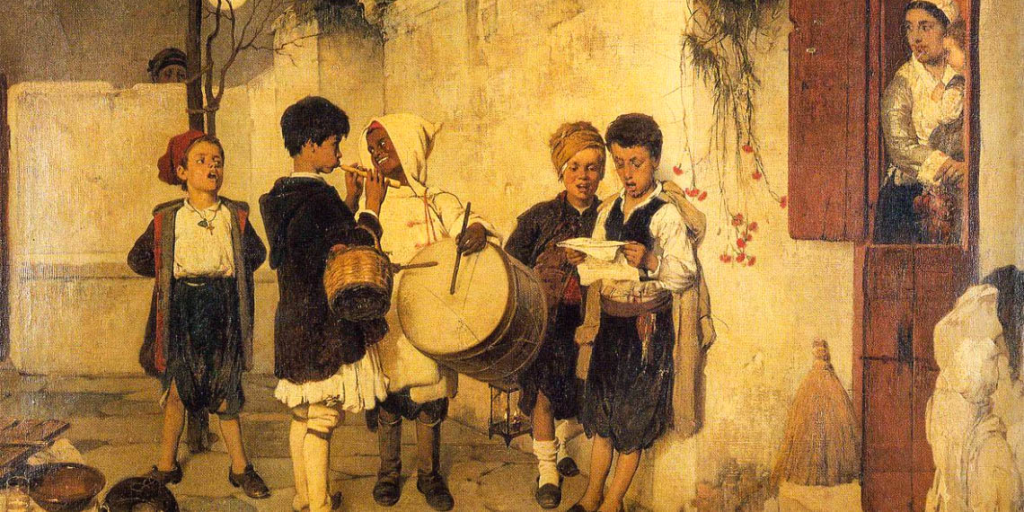
1. Make a Piñata
Piñatas are a traditional Mexican celebration of the advent season. Originally crafted to look like a star with seven points symbolizing the seven deadly sins, modern Christmas piñatas can look like anything you want. Each piñata is filled with candy, fruits, and peanuts and the person attempting to break it should be blindfolded.
2. Find the Christmas Pickle
While the piñata is a known Mexican tradition, the origin of the Christmas pickle has been disputed for generations. Germany has taken credit for the custom of hiding a pickle-shaped ornament in the branches of the Christmas tree for children to find. Since Christmas trees originated in Germany, it seems likely that the Christmas pickle would go hand in hand with the tradition; supposedly it was the last ornament hung by the adults and the first child to discover the elusive pickle would receive an extra gift.

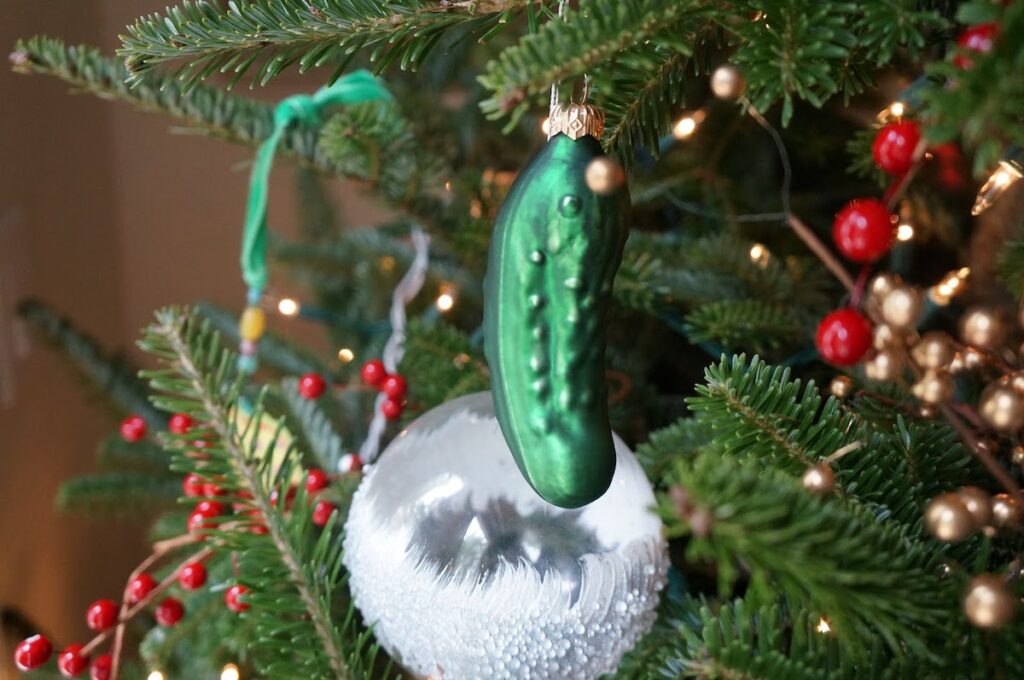
3. Bake a Fruitcake
This classic dessert can be traced all the way back to Ancient Rome but it was not until the Middle Ages that the fruitcake known today was established. For the Romans, it was more a bar consisting of barley, nuts, seeds, and raisins; by the Middle Ages, dried fruits were more easily accessible and European countries began to create their own versions.
In Italy, it was the panforte or sweet and spicy “strong bread” from the 1200s. Germany created the stollen, a bready cake covered in powdered sugar and melted butter. The Caribbean celebrated Christmas with a relative of the English plum pudding and fruitcake: black cake.
4. Create mini Christmas row houses
Crafts are a fantastic way to stay busy during the 12 days of Christmas while it’s cold outside, especially if you have little ones. These sweet little house can be made from shoeboxes turned up on end and decorated with fancy paper, ribbon, twinkle lights, and anything else you can find to create town houses dressed up in their Christmas best.
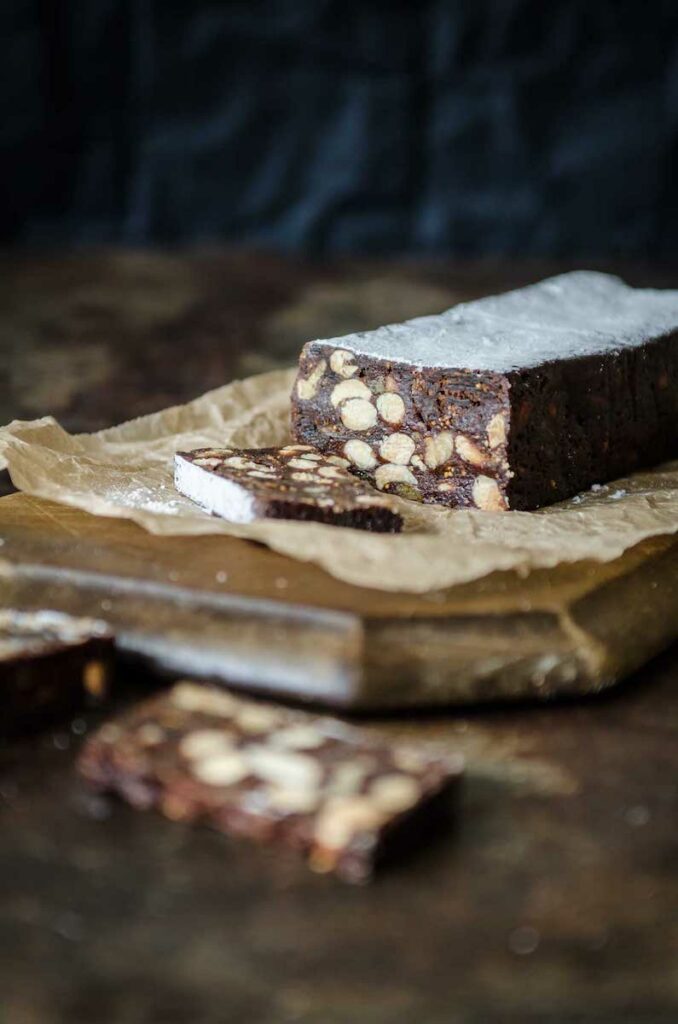
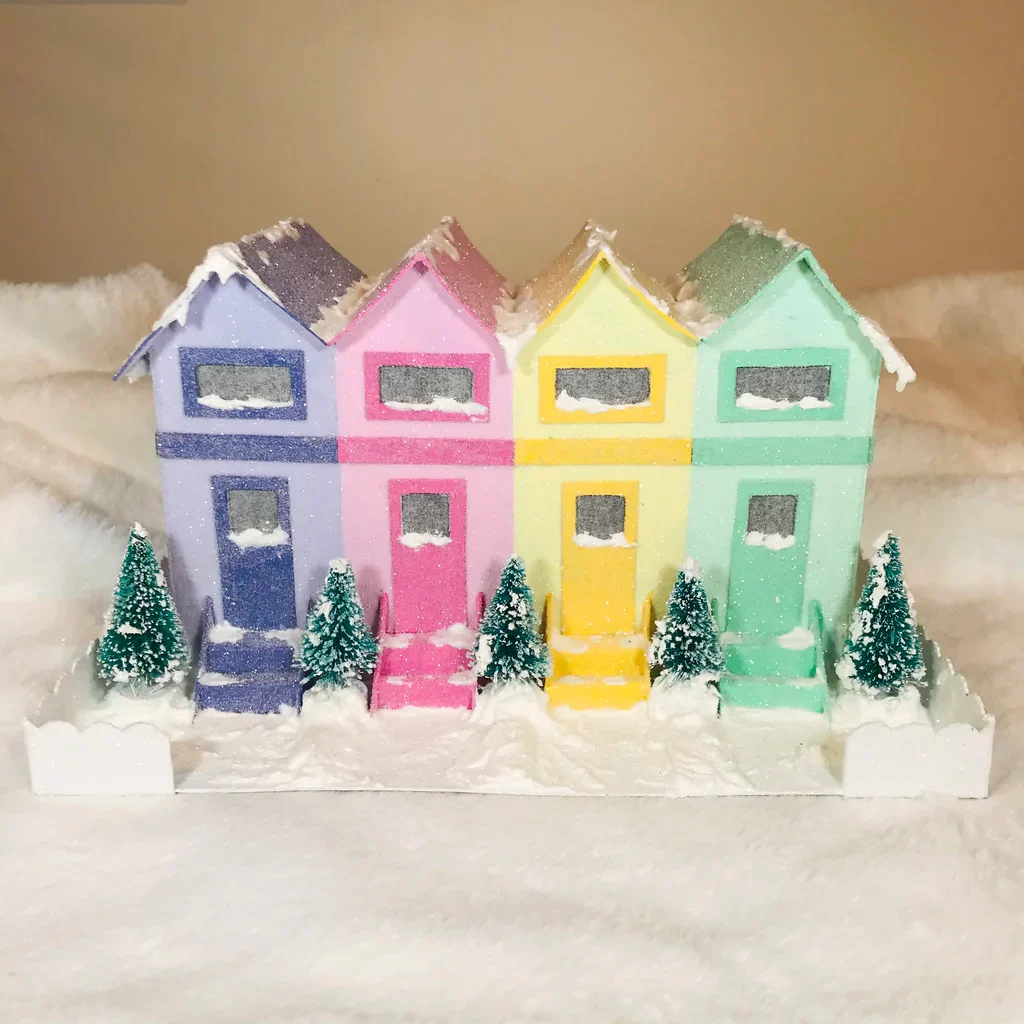
5. Bake Mince Pies
Mince pies are a quintessentially British pastry designed to bring a hardy warmth to the lasting cold weather. Little and round, filled with fruit (sometimes soaked in brandy) and citrus, there is little resemblance to the original mince pie. It was during the Tudor years that the savory, rectangular pie was invented. Usually decorated with a baby Jesus on top, each pie was made of thirteen ingredients, symbolizing Jesus and the 12 disciples. Each ingredient was connected to the Christmas story in some way.
Modern mince pies are sweet and rotund, but there are traditions still kept despite the change in appearance. Always stir the mixture clockwise, never cut slices with a knife, and make a wish while eating the first pie of the holiday season.
6. Bake a themed Gingerbread House
Gingerbread houses are as synonymous with Christmas as presents and singing carols. But have you considered making a different type of gingerbread house every year? For example, creating a British bakery or Santa Claus’ cottage or a toy shop could be a lot of fun for your family. If you’re feeling ambitious, make the dough from scratch and cut out your own pattern. Starting small is always a good option or you can find a pattern online.
7. Play Christmas-themed trivia
Q. What are the two other names for Santa Claus? A. Saint Nick and Kris Kringle.
Christmas trivia is the perfect game for parties and the dinner table. Questions can be crafted based on your participants’ age and knowledge of Christmas. History, movies, books, music, and traditions are all up for grabs in this holiday trivia.
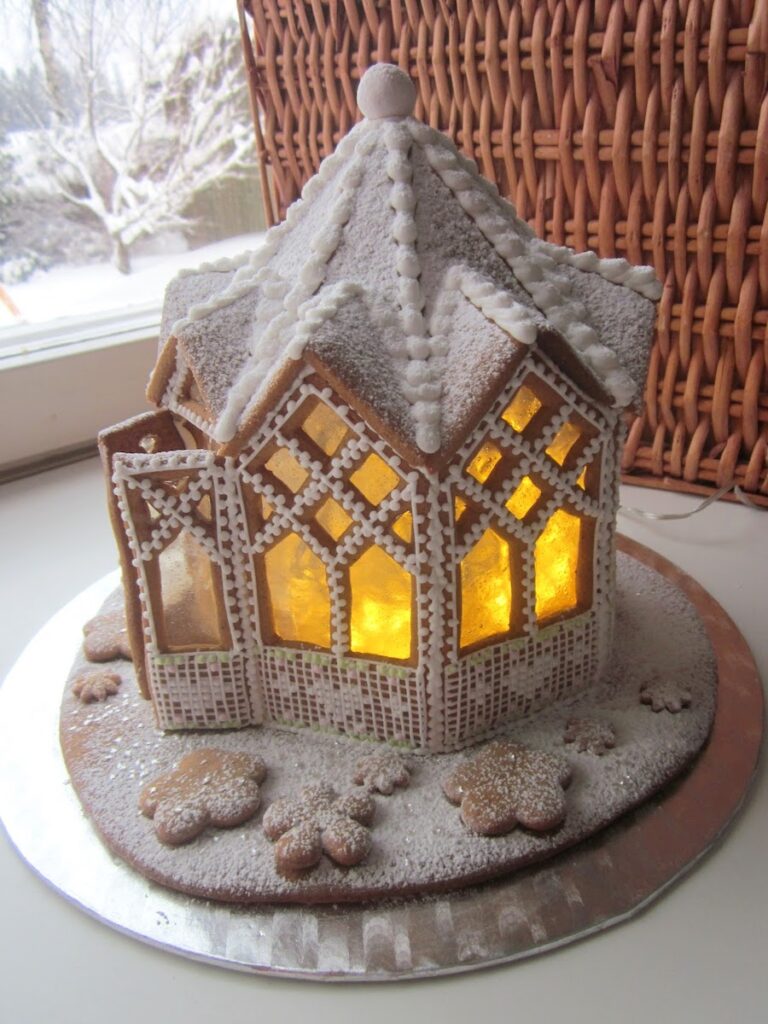
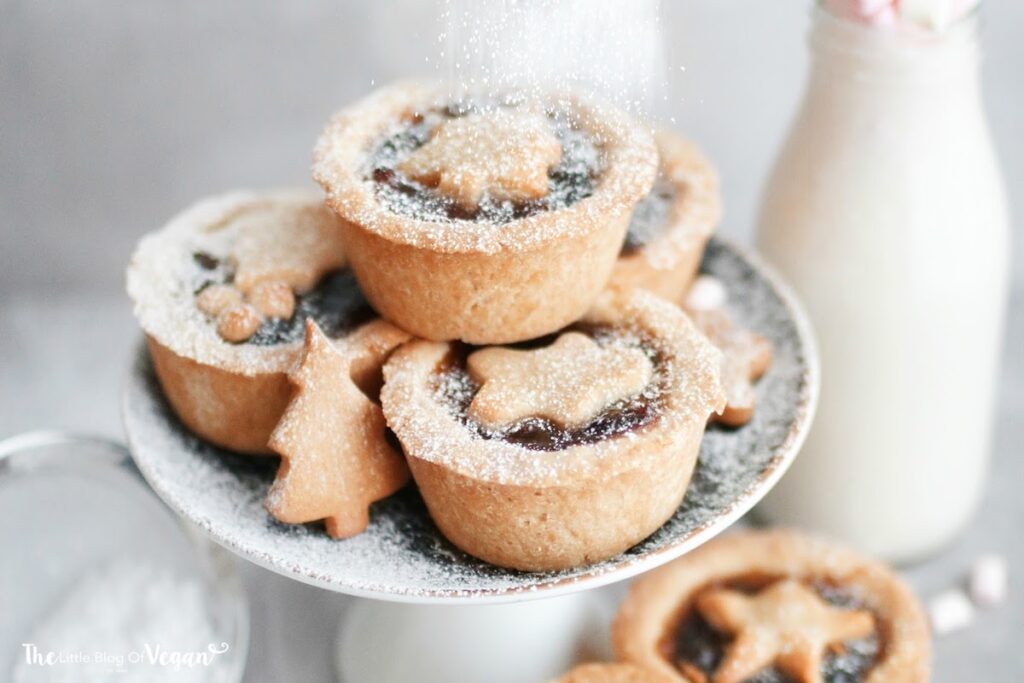
10. Book Exchange
Literature defines us so what better way to celebrate the season of gift-giving than by exchanging books! Make your next party a book exchange though a Secret Santa or White Elephant. They can be books that changed your life, are a part of your personality, or changed the way you view the world.
9. Make Wassail
Great Britain has provided quite a few ideas for this list, not the least of which is wassail. Though originally part of a pagan celebration, the festive drink has been a part of advent celebrations since Christianity spread across Britain. “Waes Hael” means good health and is traditionally consumed throughout the 12 days of Christmas.
10. Bake a Yule Log
Desserts seem to be the best way to celebrate the 12 Days of Christmas so here is another typically French cake to add to your baking list. Shaped like an actual log, the Bûche de Noël is smothered in chocolate frosting and decorated with meringue mushrooms, ivy, and winter berries.
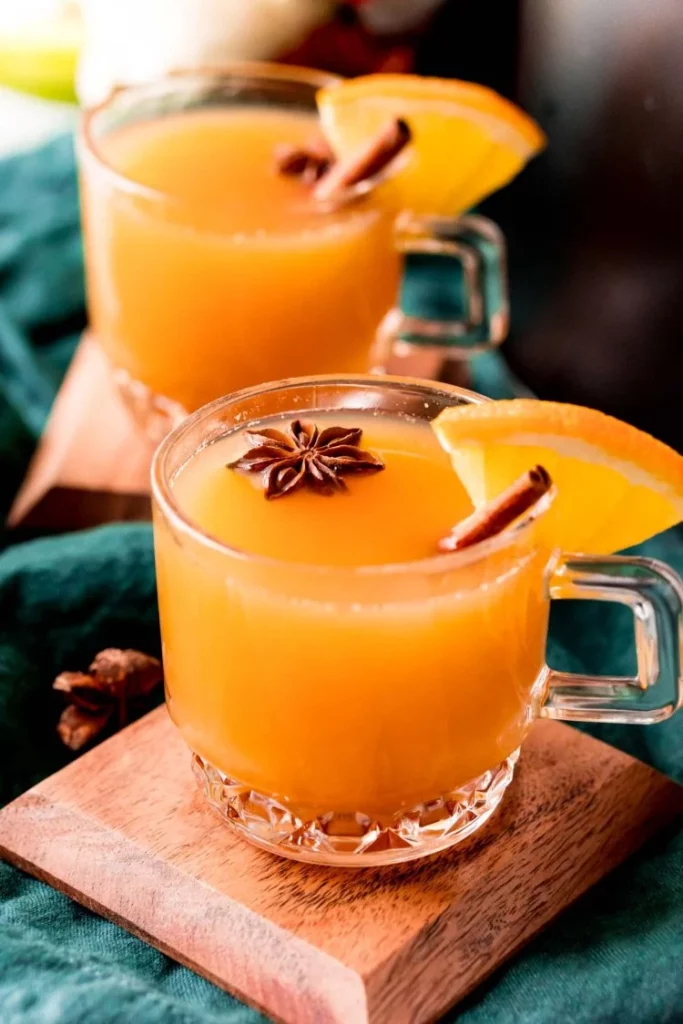

11. Have a Progressive Dinner
Get together with some of your favorite people and host a progressive dinner! Each family will serve a single course at their house, then the group will move to another house where the next course is served, and so on till the meal is finished!
12. Bake a French Epiphany Cake
Another dessert option is the beautiful Three Kings Cake, a delectable, airy cake with a tiny figurine of the Christ Child hidden deep inside. Whoever finds the baby Jesus in their slice wins a prize. In France, the King Cake is baked and served on January 6, the twelfth and final day of Christmas. It is a lovely culmination of the twelve day celebration of Christ’s birth.
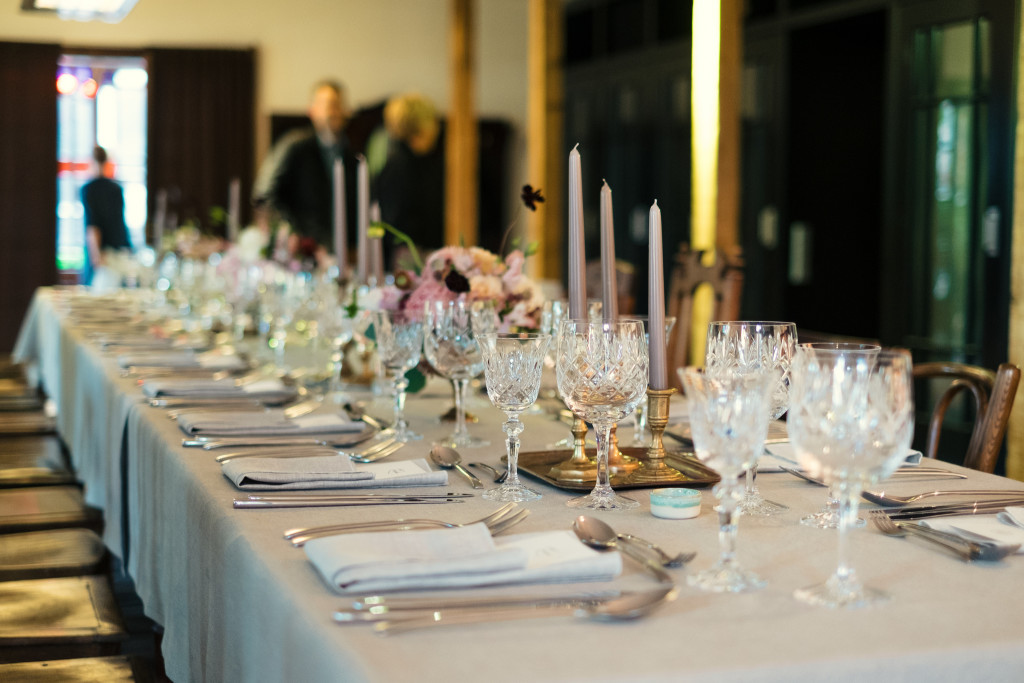

Be sure to read our other Christmas posts, or try some of our other recipes for use in your homeschool.
Whatever you do to celebrate the 12 days of Christmas, we wish you a very merry holiday!
Cooking Along with History
Undertaking themed projects or cooking historical Christmas recipes like these can be part of the Hour Project, a student-favorite of our Christendom history curriculum. Kids love to make their learning of historical figures like Saint Nicholas tangible! Instructor Dave Raymond uses stories to introduce a worldview approach to history, and encourages students to explore their God-given gifts as they explore on their own.
Learn more and view sample lessons by visiting the Christendom course.

